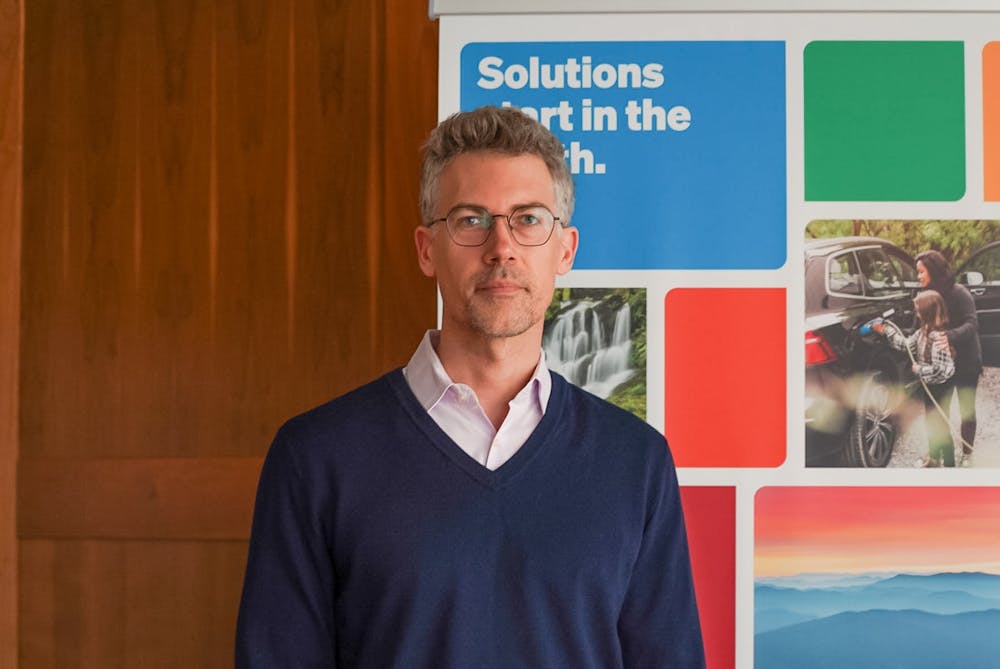As rental prices fluctuate across the state and Chapel Hill looks to diversify housing options, some residents are concerned with the environmental safety of both existing and proposed affordable housing communities.
For the past decade, the Town has struggled with the future of the police station at 828 Martin Luther King Jr. Blvd.
In 2013, the Town announced the discovery of coal ash under the station and in the surrounding area. However, Chapel Hill Mayor Pam Hemminger said the Town knew there was coal ash at the location when they acquired it in the 1980s.
"The Town took the site on knowing that there was coal ash mixed with dirt and construction debris there," she said.
One proposition is redeveloping the land for mixed-use development including affordable housing, but many in the community have raised concerns about potential health risks for future residents.
Nick Torrey, a senior attorney at the Southern Environmental Law Center, said that to his knowledge, building housing on top of coal ash has not been done before and that the Town's own consultant found unacceptable risks for potential residents.
While removing the coal ash is possible, the Town has opted against it, citing "prohibitive costs," which it estimates could be up to $16 million.
Torrey said coal ash removal is being done across the region, and, that the Town's estimated cost was "extremely high" compared to that of other projects nearby.
“This only looked at sort of an all or nothing approach in what they've done so far, that is completely excavating the entire site, or essentially doing nothing, and leaving all the coalition in place,” he said. "This site has one area that's very problematic, where a lot of the ash is concentrated on that steep slope right above the Bolin Creek Greenway, so you could remove that and deal with most of the problems."



